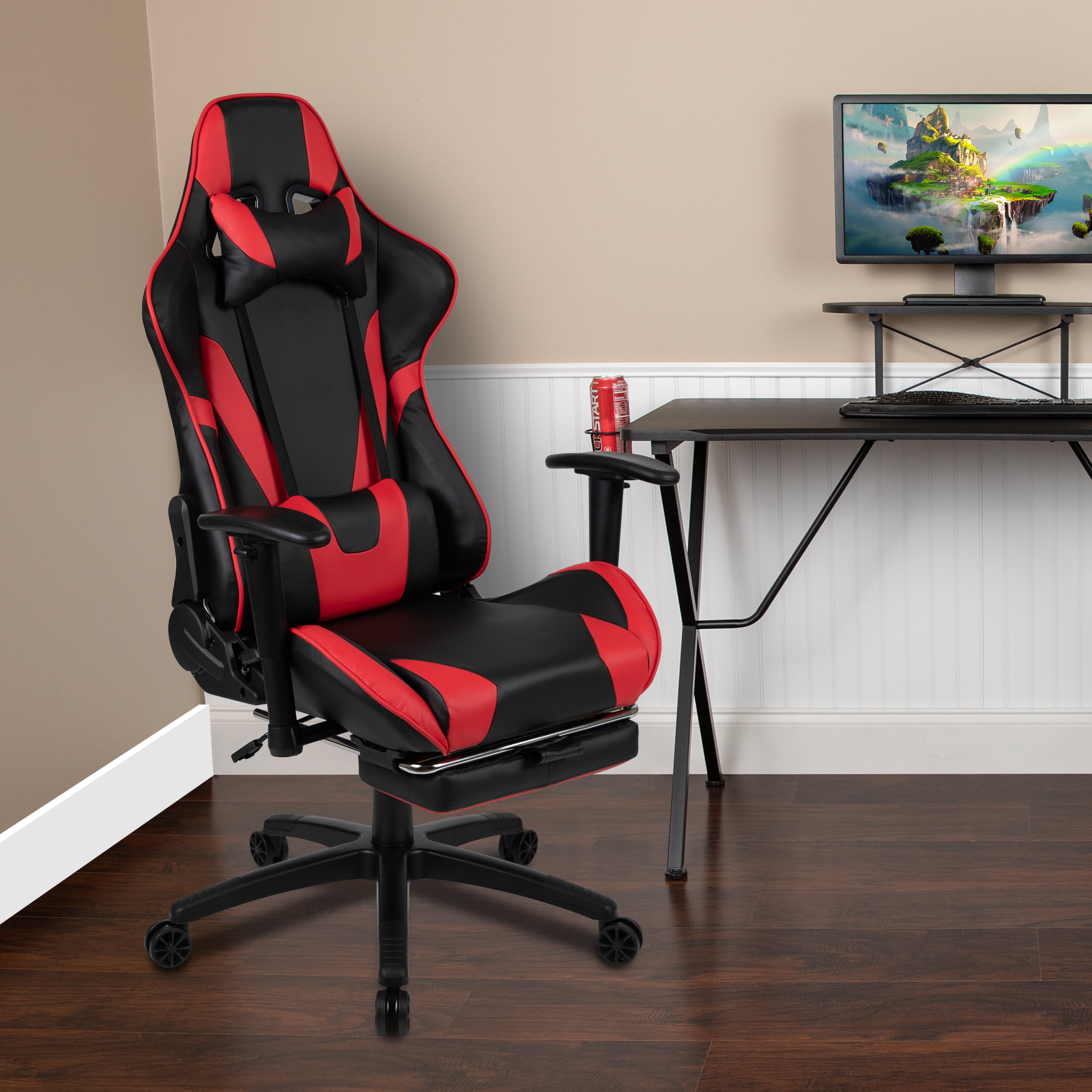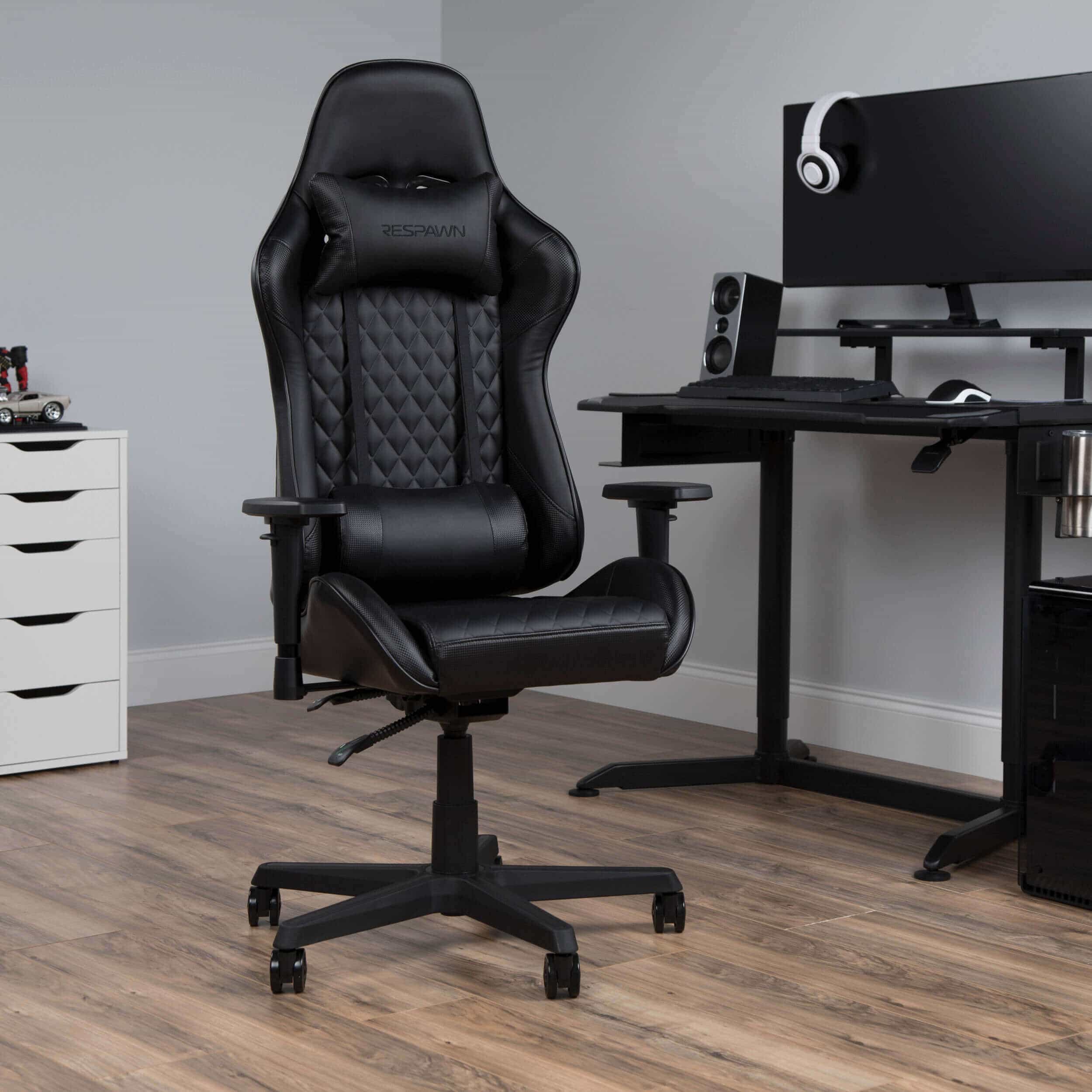Product Comparison: Massage Gaming Chairs

The market for massage gaming chairs is rapidly expanding, offering gamers a blend of comfort, ergonomic support, and therapeutic massage features. Choosing the right chair can significantly impact posture, reduce fatigue, and enhance the overall gaming experience. This comparison analyzes three leading brands to help consumers make informed decisions.
Ergonomic Features of Leading Massage Gaming Chairs, Massage gaming chair recliner gamer racing chair
Ergonomic design is paramount in a gaming chair, especially one incorporating massage functionality. Proper support for the spine, neck, and overall posture is crucial for preventing discomfort and long-term health issues. The following details the ergonomic features of three leading brands.
| Brand | Key Features | Price Range | Overall Rating |
|---|---|---|---|
| Brand A (Example: Secretlab Titan Evo 2022) | Adjustable lumbar support, adjustable headrest, 4D armrests, high-quality materials. | $500 – $800 | ★★★★☆ |
| Brand B (Example: Anda Seat Kaiser 3) | Adjustable lumbar support, adjustable headrest, built-in massage function, high backrest. | $400 – $600 | ★★★☆☆ |
| Brand C (Example: Respawn 110 Racing Style Gaming Chair) | Adjustable lumbar support, adjustable headrest, massage function (often an add-on), ergonomic design. | $300 – $500 | ★★☆☆☆ |
Detailed Ergonomic Feature Descriptions
The ergonomic features significantly influence the chair’s comfort and support during extended use. These features are designed to maintain proper spinal alignment and reduce strain.
Massage gaming chair recliner gamer racing chair – Brand A’s ergonomic features include:
- Highly adjustable lumbar support, allowing for customized spinal curvature support.
- An adjustable headrest that conforms to the natural curve of the neck, minimizing neck strain.
- 4D armrests providing extensive adjustment options for optimal arm and elbow positioning.
Brand B’s ergonomic features include:
- Adjustable lumbar support, though perhaps with less range of adjustment than Brand A.
- An adjustable headrest, offering a degree of neck support customization.
- A high backrest that provides additional support for the upper back and shoulders.
Brand C’s ergonomic features include:
- Adjustable lumbar support, offering basic spinal support.
- An adjustable headrest, providing fundamental neck support.
- A generally ergonomic design, but potentially with less adjustability than Brands A and B.
Massage Functionalities
Massage features vary considerably across brands, impacting the user experience and therapeutic benefits. These differences include the type of massage, intensity levels, and additional features like heat.
Brand A typically offers a range of massage modes, possibly including:
- Shiatsu massage targeting specific muscle groups.
- Rolling massage to alleviate muscle tension.
- Multiple intensity levels to cater to individual preferences.
Brand B usually includes:
- A built-in massage system, often with vibration functionality.
- Limited intensity levels, potentially lacking the nuance of Brand A’s options.
- May or may not include a heat function.
Brand C often provides:
- Massage functionality that might be an add-on feature, rather than integrated.
- Basic massage capabilities, possibly limited to vibration.
- Heat function may or may not be available depending on the specific model.
Gaming Chair Materials and Durability: Massage Gaming Chair Recliner Gamer Racing Chair

The longevity and comfort of a gaming chair are intrinsically linked to the materials used in its construction. High-end chairs prioritize durable, comfortable materials, while budget options often compromise on quality, leading to shorter lifespans and reduced comfort. Understanding these material differences is crucial for making an informed purchase decision. This section delves into the specifics of common gaming chair materials, their impact on the chair’s overall performance, and the manufacturing processes that influence durability.
Gaming Chair Material Properties
The selection of materials significantly impacts a gaming chair’s comfort, durability, and overall lifespan. Different materials offer varying degrees of resilience, breathability, and aesthetic appeal. The following table summarizes the key properties of several common materials:
| Material | Pros | Cons | Suitable User |
|---|---|---|---|
| Genuine Leather | Luxurious feel, breathable, develops a patina over time, highly durable | Expensive, requires regular cleaning and conditioning, susceptible to scratches and tears | Users prioritizing luxury and longevity, willing to invest in higher-end maintenance |
| PU Leather (Polyurethane Leather) | Affordable, relatively durable, easy to clean, wide variety of colors and textures available | Can feel less breathable than genuine leather, may crack or peel over time with heavy use, less luxurious feel | Users seeking a balance between cost and durability, who don’t require the highest level of breathability |
| Fabric (Mesh or Woven) | Breathable, comfortable in warmer climates, often more affordable than leather options | Can be less durable than leather, prone to staining, may wear down faster with heavy use | Users prioritizing breathability and comfort, particularly in warm environments, or those with a lower budget |
| Metal (Steel or Aluminum) | Strong and durable frame, provides excellent support, contributes to overall chair stability | Can be heavy, may rust if not properly treated (especially steel), can feel cold to the touch | Users prioritizing durability and stability above all else, willing to accept potentially heavier weight |
| High-Density Foam | Provides excellent cushioning and support, conforms to the body shape, retains its shape over time (if high-quality) | Lower-density foams can flatten quickly, expensive high-density foams are crucial for longevity | All users, but especially those who spend many hours seated; crucial for comfort and long-term support. |
Manufacturing Processes and Quality Control
The manufacturing process plays a critical role in determining a gaming chair’s final durability. High-quality chairs often undergo rigorous quality control checks at multiple stages of production. This includes: meticulous material selection, precise cutting and sewing (for fabric components), robust frame welding or assembly, and rigorous testing for strength and stability. For example, stress tests might simulate years of daily use to identify potential weak points. Furthermore, the use of high-quality adhesives and stitching techniques is crucial in preventing premature wear and tear. A chair built with inferior materials or employing substandard manufacturing practices will likely show signs of wear and tear much sooner.
Hypothetical Lifespan Comparison
Consider two hypothetical gaming chairs: Chair A, constructed with premium genuine leather, a robust steel frame, and high-density foam; and Chair B, made with PU leather, a thinner steel frame, and lower-density foam. Both chairs are subjected to eight hours of daily use by a 200-pound individual. Chair A, due to its superior materials and construction, is projected to maintain its structural integrity and comfort for at least 5-7 years under this heavy use. In contrast, Chair B might start exhibiting significant wear and tear, such as sagging foam, cracking PU leather, and frame instability, within 2-3 years under the same conditions. This scenario highlights the significant difference in lifespan and overall value between chairs made with premium versus lower-quality materials.
